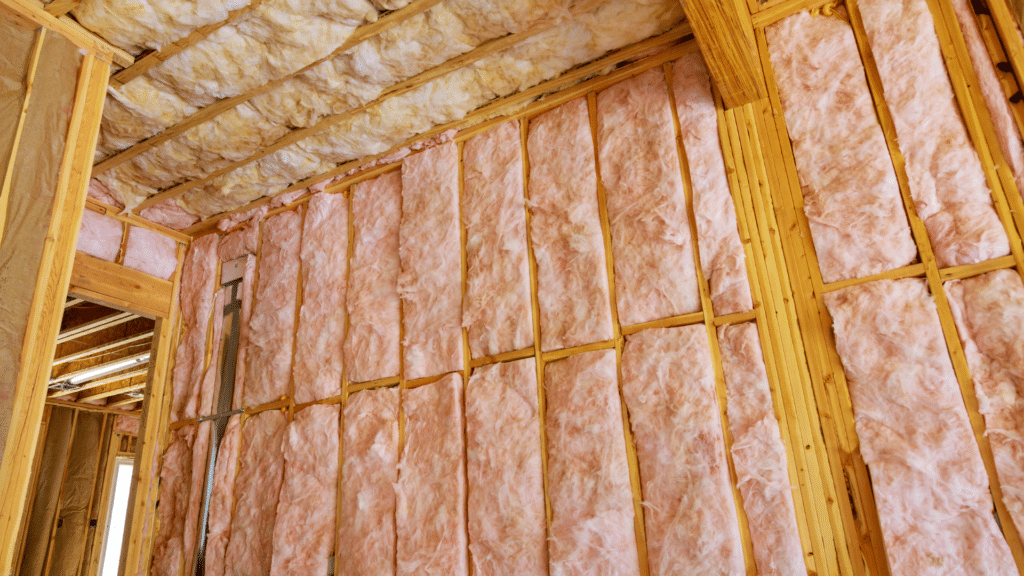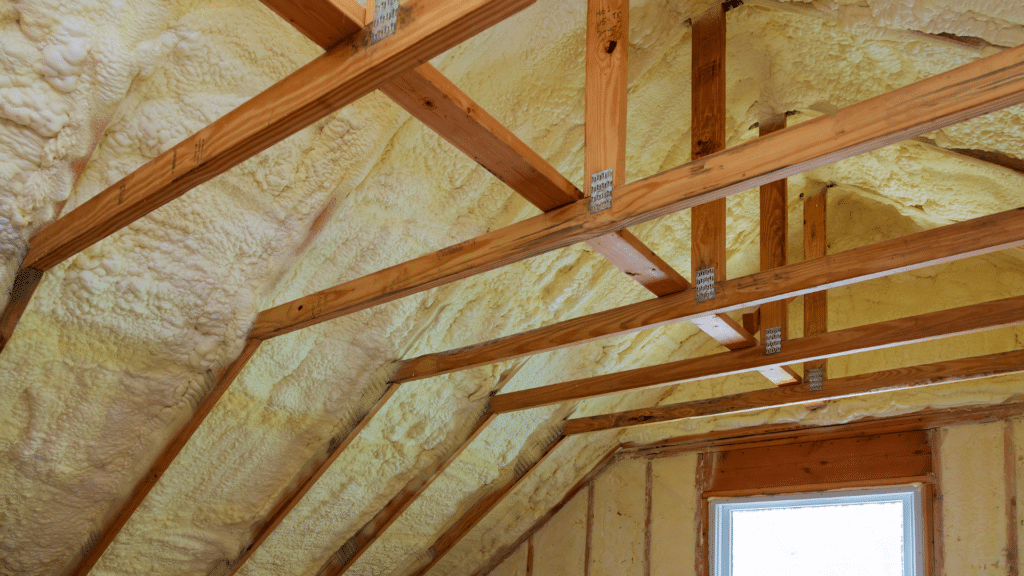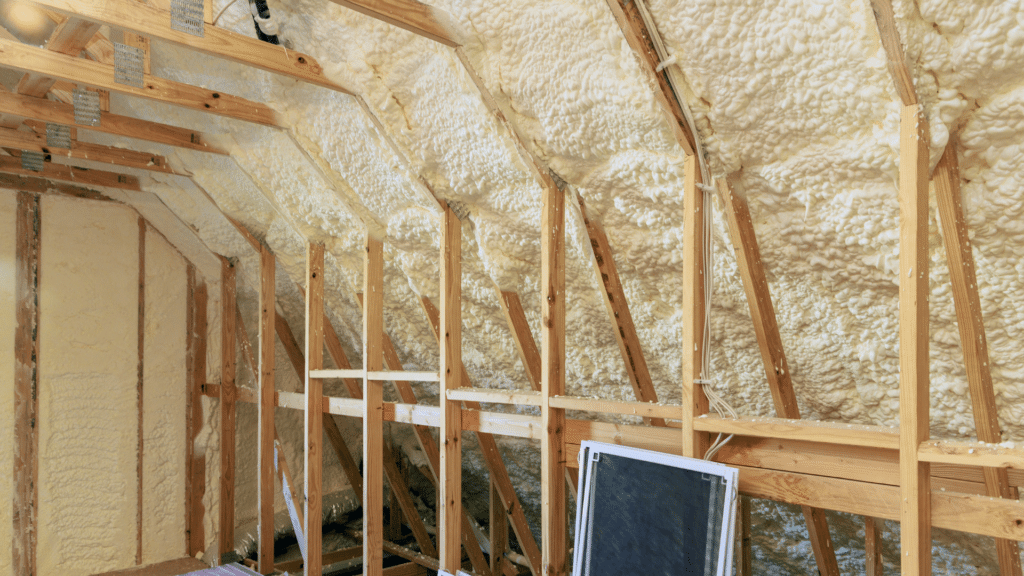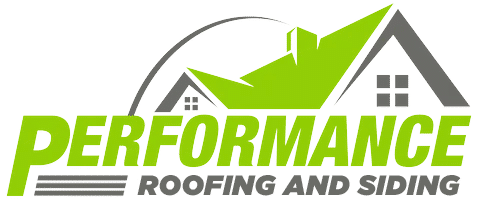Understanding Attic Insulation and Its Importance
Attic insulation refers to the material placed in the attic to create a thermal barrier between the living spaces and the outside environment. Its primary function is to reduce the transfer of heat between the attic and the rest of the house. By minimizing heat loss in the winter and heat gain in the summer, attic insulation helps to maintain a comfortable temperature inside the home while reducing energy consumption. Understanding the importance of attic insulation is essential for homeowners looking to improve energy efficiency, lower energy bills, and enhance overall home comfort.

How Insulation Affects Heating and Cooling Costs
Insulation plays a crucial role in determining your heating and cooling costs. Inadequate insulation or poor insulation can result in increased energy consumption and higher energy bills.
During the winter months, heat loss through the attic can account for a significant portion of your heating costs. Proper insulation, such as fiberglass insulation, helps to trap the heat inside your home and prevents it from escaping through the attic. As a result, your heating system doesn’t have to work as hard to maintain a comfortable temperature, leading to lower energy bills.
In the summer, insulation also plays a role in keeping your home cool. It prevents hot air from entering through the attic, reducing the load on your cooling system and lowering your cooling costs.
By investing in high-quality insulation and ensuring that your attic is properly insulated, you can significantly reduce your heating and cooling costs and create a more energy-efficient home.
Evaluating Your Current Attic Insulation
Evaluating your current attic insulation is an important step in determining whether it needs an upgrade. There are a few key factors to consider when evaluating your current insulation:
- Insulation Depth: Measure the depth of your insulation to determine if it meets the recommended levels. The higher the R-value, the better the insulation’s thermal performance.
- Condition: Assess the condition of your insulation for signs of damage or deterioration. Moisture, mold, or pest infestation can affect its effectiveness.
- Coverage: Check if your insulation covers the entire attic floor and is properly installed without gaps or compression.
By evaluating these factors, you can determine if your current attic insulation needs improvement or replacement to enhance energy efficiency and home comfort.

Selecting the Right Insulation for Your Attic
Proper evaluation of your current attic insulation is key to maintaining energy efficiency in your home. Factors to consider include the type of insulation, its condition, and the recommended R-value for your region. Start by inspecting for any signs of damage, moisture, or mold growth. Measure the depth of insulation using a tape measure to ensure it meets the required thickness. Look out for areas where insulation may be missing or compressed, leading to heat loss. If unsure, consult a professional installer to assess and recommend the best course of action. Upgrading your attic insulation can lead to significant savings on your energy bills and improve overall comfort in your home.
Recommended Insulation Types by PRSE for Southeast Michigan
In Southeast Michigan, PRSE (Professional Roofing and Siding Experts) recommends two types of insulation for attics: spray foam insulation and batt insulation.
Spray foam insulation is a popular choice due to its excellent thermal performance and air-sealing properties. It is applied as a liquid and expands to fill gaps and cracks, creating a seamless barrier against heat transfer. Spray foam insulation also helps to reduce air leakage and can improve the overall energy efficiency of your home.
Batt insulation, also known as blanket insulation, is another recommended option. It consists of pre-cut panels or rolls of insulation made from fiberglass or mineral wool. Batt insulation is cost-effective, easy to install, and provides good thermal insulation. It can be fitted between the attic joists, creating a barrier against heat transfer.
Both spray foam insulation and batt insulation have their advantages and can effectively insulate your attic. It is important to consult with a professional insulation contractor to determine which option is best suited for your specific needs and budget.

Preparing for Attic Insulation
Before installing attic insulation, it is important to properly prepare to ensure a successful installation. Follow these steps to prepare for attic insulation:
- Hire a professional installer: While attic insulation can be a DIY project, hiring a professional installer can ensure proper installation and maximize the insulation’s effectiveness.
- Conduct a pre-installation checklist: Before the installation, take measurements of your attic, including dimensions and insulation depth. This will help determine the amount of insulation needed. Ensure that your attic is free of any debris or obstructions that may hinder the installation process.
- Clear the attic floor: Remove any belongings or debris from the attic floor to create a clear and accessible workspace for the insulation installation.
- Prepare for potential hazards: Identify any potential hazards in your attic, such as exposed electrical wiring or sharp objects. Take necessary precautions to mitigate these hazards, such as covering exposed wiring or removing sharp objects.
- Ensure proper ventilation: Check that your attic has proper ventilation to prevent moisture buildup and ensure the longevity of the insulation.
By following these preparation steps, you can ensure a smooth and efficient attic insulation installation process.
Maintenance and Longevity of Attic Insulation
Maintaining your attic insulation involves routine checks for damage, mold, or compression, ensuring it remains dry and uncompressed for optimal performance. Monitoring energy bills can also indicate its effectiveness. Regular professional inspections can assess and maintain its condition, addressing any issues promptly. These steps contribute to your home’s energy efficiency and the insulation’s longevity.
Routine Checks and Maintenance Tips
When installing attic insulation, a professional process includes using a blowing machine for loose-fill insulation, ensuring even distribution and optimal depth across the attic floor. Insulation, whether batts or loose-fill, is carefully placed between joists to maximize thermal efficiency without compression or damage. Installers focus on details, sealing around fixtures and outlets to prevent air leaks, and enhancing overall energy efficiency. This meticulous approach, tailored to the insulation type and attic specifics, ensures a thorough job, requiring expertise for the best results. Hiring experienced professionals guarantees an efficient and effective installation.
Signs It’s Time to Replace or Upgrade Your Insulation
Several signs indicate it may be time to replace or upgrade your attic insulation:
- Decreased energy efficiency: If you notice a significant increase in your heating or cooling bills, it may be a sign that your insulation is no longer effectively insulating your home.
- Uneven temperatures: If certain areas of your home have inconsistent temperatures, it could be a result of poor insulation. Upgrading your insulation can help create a more comfortable living environment.
- Visible damage: Inspect your attic insulation for signs of damage, such as compression, moisture stains, or mold growth. Replace any damaged insulation to maintain optimal performance.
- Aging insulation: Over time, insulation can degrade and lose its effectiveness. If your insulation is several years old, consider upgrading to newer, more efficient options.
By recognizing these signs, you can take the necessary steps to replace or upgrade your attic insulation and improve the energy efficiency of your home.

PRSE Can Help Keep Air Conditioning Bills Down
PRSE (Professional Roofing and Siding Experts) can help homeowners in Southeast Michigan reduce their air conditioning bills through the installation of foam insulation in their attics. Foam insulation is a highly efficient option that provides excellent thermal insulation and air-sealing properties. It creates a continuous barrier against heat transfer, reducing the need for air conditioning and lowering energy bills. By installing foam insulation in your attic, you can prevent hot air from entering your home during the summer months and keep cool air inside, reducing the workload on your air conditioning system. This results in lower energy consumption and cost savings. PRSE specializes in foam insulation installation and can provide professional services tailored to your specific needs. Our experienced installers will ensure proper installation and maximize the energy-saving benefits of foam insulation. If you’re looking to reduce your air conditioning bills and improve the energy efficiency of your home, contact PRSE for foam insulation installation in your attic. Take a Look at Our Blog for more information about us.
Frequently Asked Questions
How often should attic insulation be replaced?
Attic insulation should be replaced if it becomes damaged, compressed, or if it no longer effectively insulates your home. The lifespan of attic insulation can vary depending on various factors, but it is generally recommended to replace it every 15-20 years to maintain energy efficiency and prevent heat loss.
Can I add new insulation on top of the old one?
In many cases, it is possible to add new insulation on top of old insulation in your attic. However, compatibility and proper installation are important considerations. Consult with a professional insulation contractor to determine the best course of action based on the condition and type of existing insulation in your attic.
How does attic insulation benefit me during the summer?
Attic insulation helps to reduce heat transfer from your attic to the rest of your home during the summer. This keeps your home cooler and reduces the workload on your cooling system, resulting in lower energy bills and increased comfort.
What is the best type of insulation for attics in Southeast Michigan?
The best type of insulation for attics in Southeast Michigan depends on various factors, including climate, budget, and specific insulation needs. However, some popular options for attics in this region include spray foam insulation and batt insulation. Consult with a professional insulation contractor to determine the best type of insulation for your specific needs.
Efficient heating and cooling in your home starts with proper attic insulation. By understanding the signs that your attic insulation needs an upgrade and selecting the right type of insulation, you can enhance your home’s energy efficiency. Sealing air leaks, considering additional measures for improved home efficiency, and preparing for attic insulation installation are important steps in the process. Regular maintenance and the longevity of attic insulation are crucial for optimal performance. PRSE can help keep air conditioning bills down through the installation of foam insulation. Finally, addressing frequently asked questions provides valuable information for homeowners considering attic insulation.




